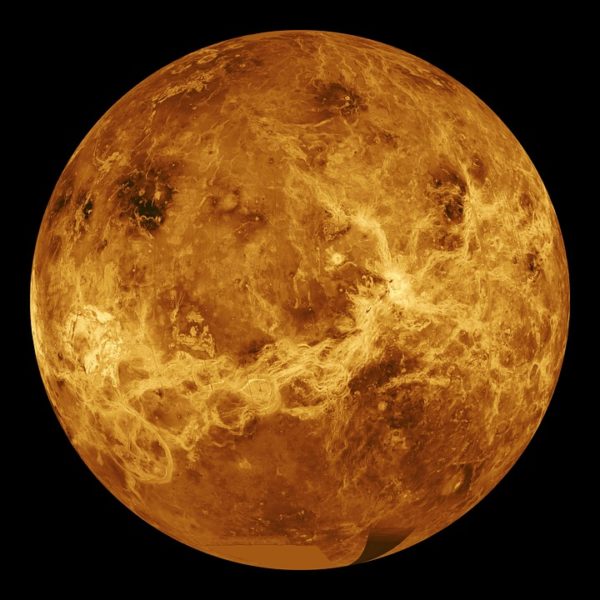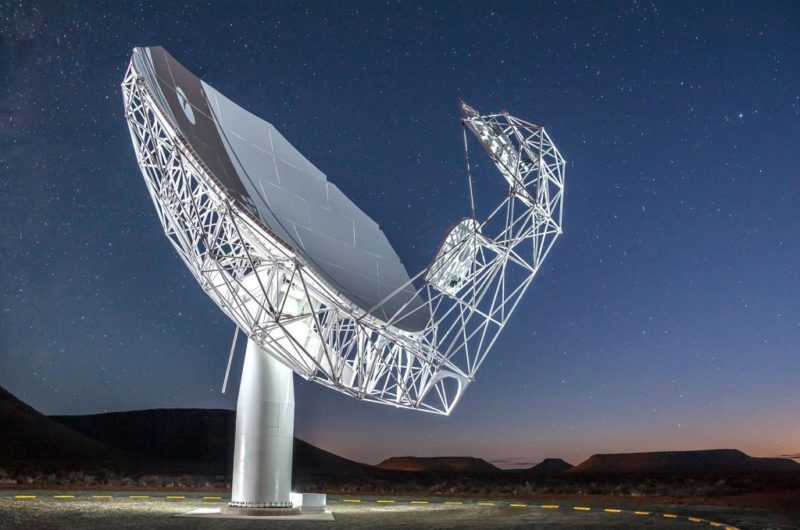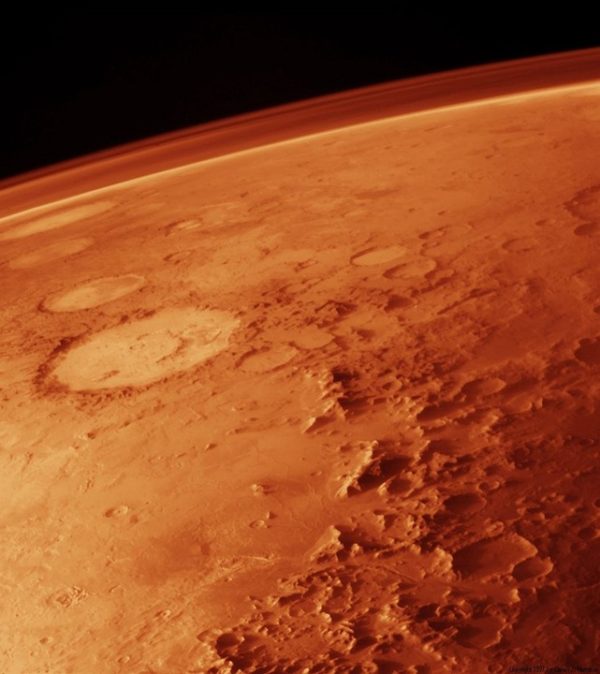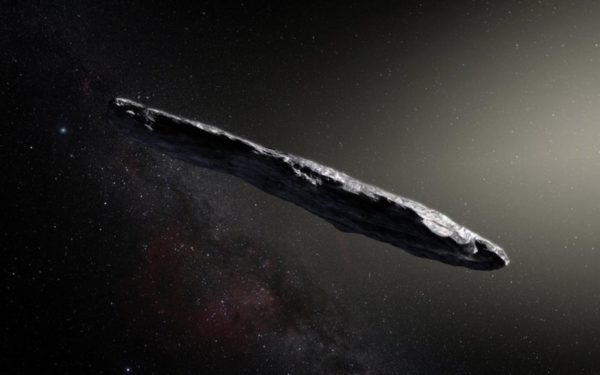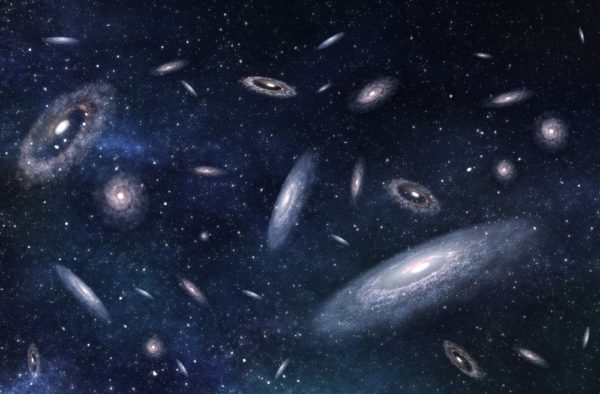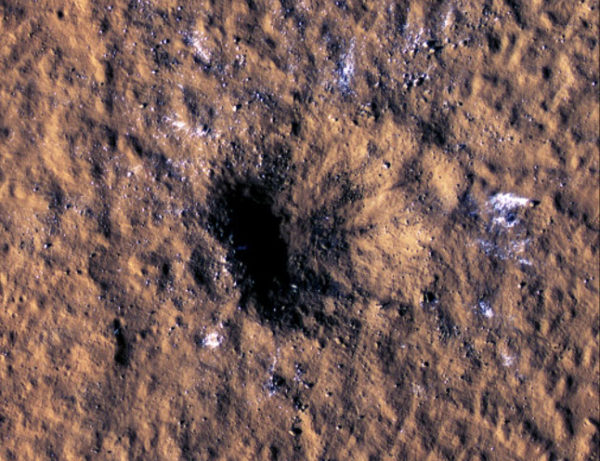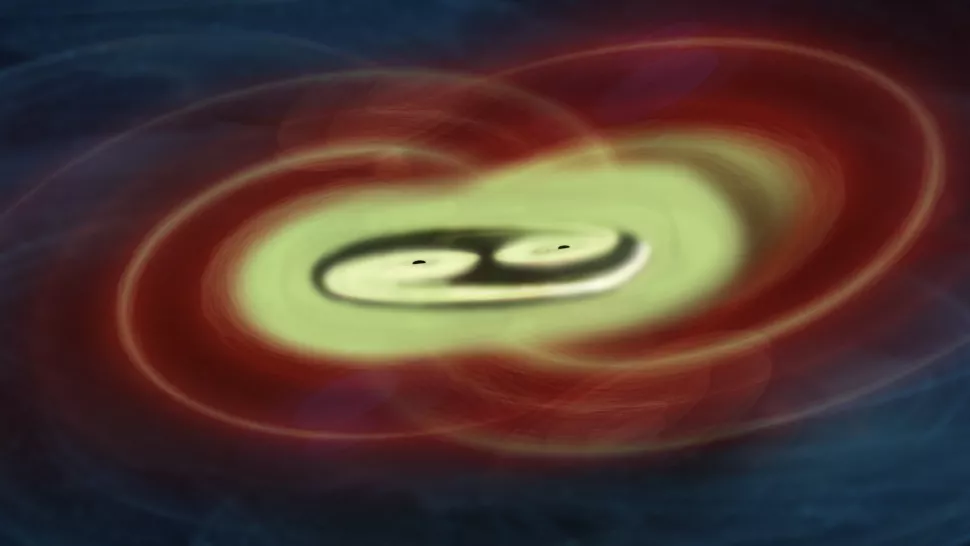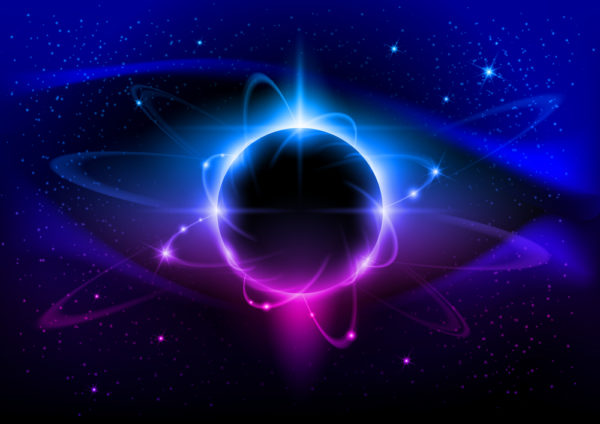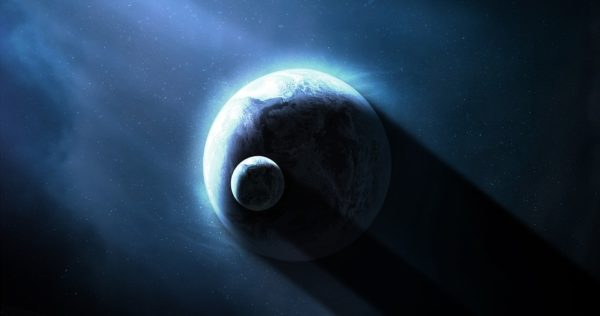Writer Fuel: Life On Venus? Not a Chance
New research has debunked a controversial 2020 study that claimed to have found the chemical phosphine in Venus’ hellish atmosphere. The chemical’s reported existence had hinted that there was alien life on the planet. In 2020, a team of researchers announced that they had found phosphine in Venus’ atmosphere using data collected by the Japanese … Read more

